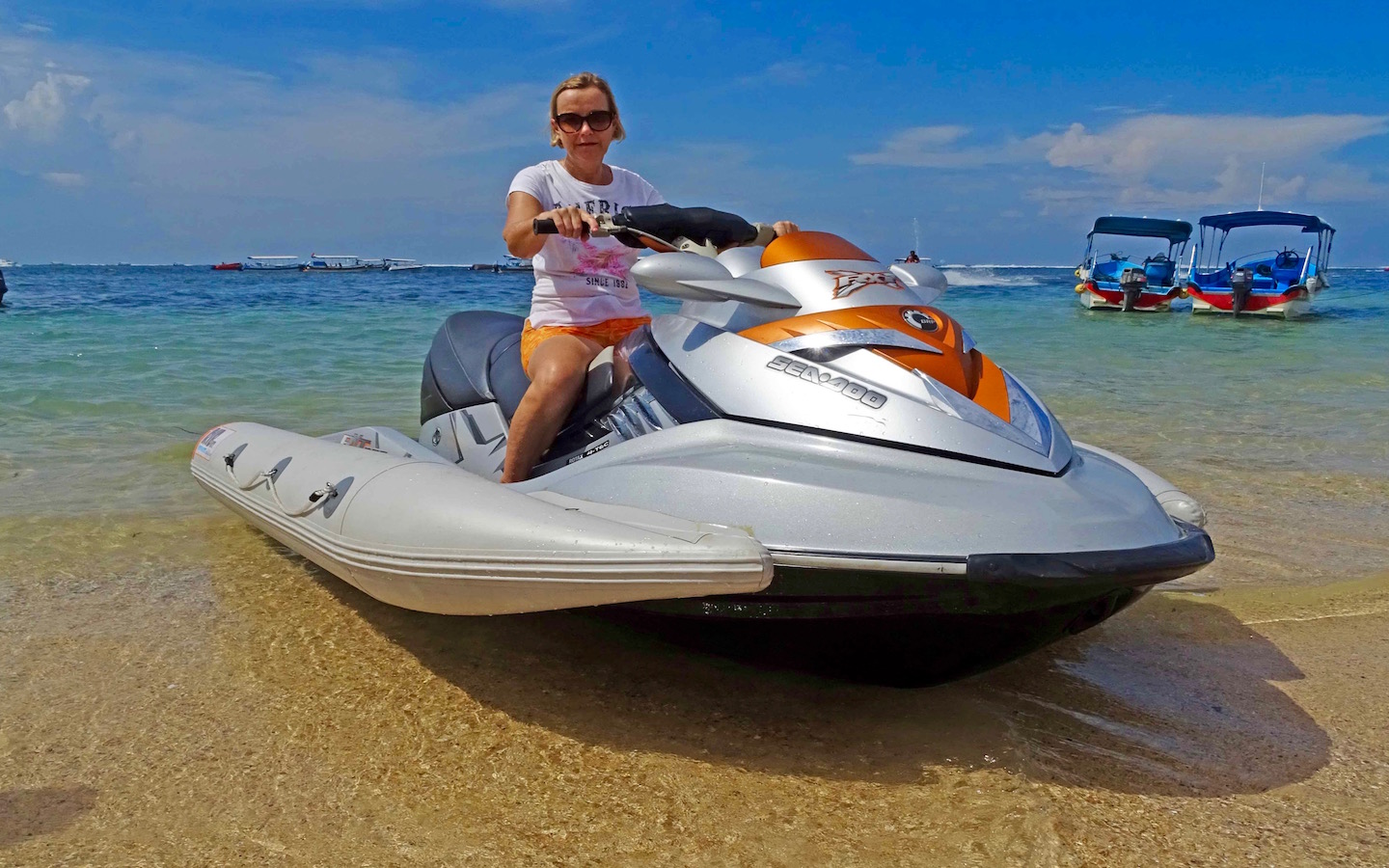

They improve speed under power – and therefore fuel economy – and provide more directional stability when rowing. Inflatable keels for roll-up inflatables are nearly always worth the extra initial cost. Inflatable tenders Roll-up inflatables win hands down for stability, buoyancy and easy stowage compared to a more traditional hard dinghy, However, inflatables are not as easy to row and even the toughest models are no match for in terms of longevity. It’s likely to need longer oars than standard – 6ft (1.8m) is a minimum to make the boat row well and 8ft (2.4m) ideal, if you have space to stow them. It’s also important to ensure an inflatable is fully inflated to its recommended pressure, to prevent sizable proportion of your effort going into distorting the tubes, rather than driving the boat forward.

Hard dinghies score particularly well in this respect, although an inflatable that’s lightly loaded – choose a size a little larger than the minimum needed – has the potential to be relatively good in this respect. Inflatable dinghies are easy to carry up the beach. A dinghy that rows well is therefore an important consideration. Alternative propulsion The importance of this should never be underestimated, yet far too many people are complacent about the risk being swept out an anchorages or estuary in the event of the outboard failing. In addition, many smaller models won’t plane with more than one or two people on board, which can defeat the purpose of a fast boat. Equally, these can be fun in their own right and larger models may be able to tow watersports toys such as donuts. However, it’s also worth considering the downsides – as well as the extra cost and weight of a larger engine that will be harder to lift on board, they use significantly more fuel. Speed machine? A fast planing dinghy can be a great attraction – there are many small RIB-like tenders that will happily buzz around at 10-15 knots – and can be a great option for those who spend time in anchorages far from facilities or shore. It’s also possible to retrofit good buoyancy into hard dinghies, while an inflatable collar around the gunwale increases ultimate stability enormously.

Stability is paramount and adequate buoyancy also an important consideration – a boat that sinks when swamped is clearly dangerous, as is one that capsizes if you sit near the edge. Inflatables, whether roll-up models or mini RIBs, score highly on both counts, which is a key reason behind their popularity.

Safety You’re often exposed to the greatest risks that you’ll meet afloat when in the dinghy – statistically a dinghy ride is more dangerous than an offshore passage (it's a key time to ensure you are wearing adequate personal buoyancy). If the deflate facility on the pump is used to remove as much air as possible, even relatively large inflatables can be made to pack down to a conveniently small size.Ī seaworthy dinghy is important - make sure it also rows well and don't overload it. In any case, a tender that’s relatively lightly loaded is faster under power, easier to row and gives a more comfortable, drier ride. Of course, it’s always possible to make multiple trips ashore in the dinghy, but there’s always the temptation to put one extra person on board – and we’ve all seen dangerously overloaded dinghies. Carrying capacity Don’t be enticed into sacrificing load carrying ability in the name of economy, or to minimise stowage requirements. Over the years a great deal of development has gone the design of tenders and there are now many more options available than in the past. Yet all too frequently little or no thought goes into which model is be best suited to an owner’s needs. For others they also have to double up as watersports toys in their own right. For many boat owners tenders, or dinghies as they are also known (and in this instance we mean small boats powered by an outboard or oars, as opposed to sailing dinghies), are a vital all-purpose workhorse used for everything from going to the pub to ferrying supplies and spares.


 0 kommentar(er)
0 kommentar(er)
